-
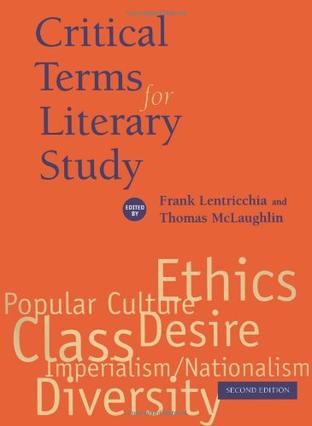
Critical Terms for Literary Study
Editorial Reviews From Library Journal Neither a dictionary of critical terms nor a handbook for literary studies, this original work contains "substantial investigations" of 22 significant words used in modern literary criticism, words that "are used widely, often loosely, and with little agreement on their meaning." Each chapter explains a term's history and its contemporary social and political connotations. The emphasis is on " doing criticism," on putting theory into practice. Thus, many essays focus on the amplification of a term to a particular literary work, well exemplified in Myra Jehlen's thoughtful discussion of Huckleberry Finn in the chapter on the term gender. The essays are thorough, succinct, balanced, and illuminating (John Guillory on canon is a model of these qualities). The issues raised by the terms are often applied to nonliterary subjects, ranging from the Constitution to McDonald's hamburgers. Recommended. - Jeffrey R. Luttrell, Youngstown State Univ., Ohio Copyright 1990 Reed Business Information, Inc. --This text refers to an out of print or unavailable edition of this title. Product Description Since its publication in 1990, Critical Terms for Literary Study has become a landmark introduction to the work of literary theory--giving tens of thousands of students an unparalleled encounter with what it means to do theory and criticism. Significantly expanded, this new edition features six new chapters that confront, in different ways, the growing understanding of literary works as cultural practices. These six new chapters are "Popular Culture," "Diversity," "Imperialism/Nationalism," "Desire," "Ethics," and "Class," by John Fiske, Louis Menand, Seamus Deane, Judith Butler, Geoffrey Galt Harpham, and Daniel T. O'Hara, respectively. Each new essay adopts the approach that has won this book such widespread acclaim: each provides a concise history of a literary term, critically explores the issues and questions the term raises, and then puts theory into practice by showing the reading strategies the term permits. Exploring the concepts that shape the way we read, the essays combine to provide an extraordinary introduction to the work of literature and literary study, as the nation's most distinguished scholars put the tools of critical practice vividly to use. -
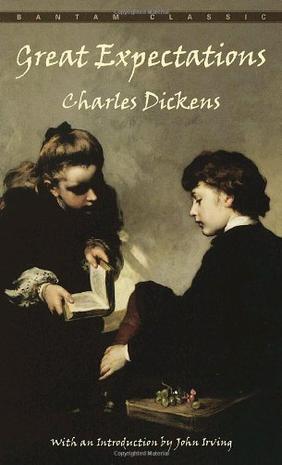
Great Expectations
In the marshy mists of a village churchyard, atiny orphan boy named Pip is suddenly terrified by ashivering, limping convict on the run. Yearslater, a supremely arrogant young Pip boards the coachto London where, by the grace of a mysteriousbenefactor, he will join the ranks of the idle richand "become a gentleman." Finally, in theluminous mists of the village at evening, Pip theman meets Estella, his dazzingly beautifultormentor, in a ruined garden--and lays to rest all theheartaches and illusions that his "greatexpectations" have brought upon him. Dickens'sbiographer, Edgar H. Johnson, has said that--exceptfor the author's last-minute tampering with hisoriginal ending-- Great Expectations is "the most perfectly constructed andperfectly written of all Dickens's works." In JohnIrving's Introduction to this edition, thenovelist takes the view that Dickens's revised ending is"far more that mirror of the quality of trust inthe novel as a whole." Both versions of theending are printed here. -
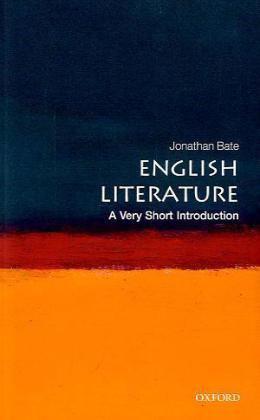
English Literature
Sweeping across two millennia and every literary genre, acclaimed scholar and biographer Jonathan Bate provides a dazzling introduction to English Literature. The focus is wide, shifting from the birth of the novel and the brilliance of English comedy to the deep Englishness of landscape poetry and the ethnic diversity of Britain's Nobel literature laureates. It goes on to provide a more in-depth analysis, with close readings from an extraordinary scene in King Lear to a war poem by Carol Ann Duffy, and a series of striking examples of how literary texts change as they are transmitted from writer to reader. The narrative embraces not only the major literary movements such as Romanticism and Modernism, together with the most influential authors including Chaucer, Donne, Johnson, Wordsworth, Austen, Dickens and Woolf, but also little-known stories such as the identity of the first English woman poet to be honoured with a collected edition of her works. Written with the flair and passion for which Jonathan Bate has become renowned, this book is the perfect Very Short Introduction for all readers and students of the incomparable literary heritage of these islands. -
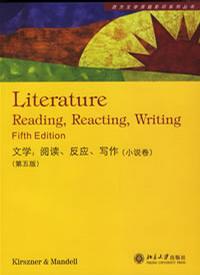
文学(小说卷)
-
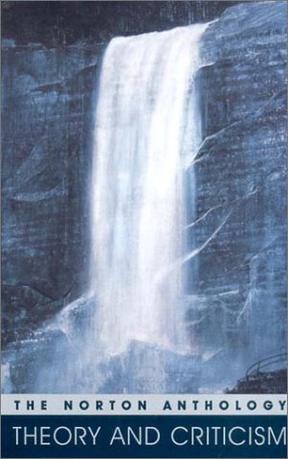
The Norton Anthology of Theory and Criticism
The Norton Anthology of Theory and Criticism presents a staggeringly varied collection of the most influential critical statements from the classical era to the present day. Edited by scholars and teachers whose interests range from the history of poetics to postmodernism, from classical rhetoric to ériture féminine, and from the social construction of gender to the machinery of academic superstardom, The Norton Anthology of Theory and Criticism promises to become the standard anthology in its field. An Unrivaled Collection: The Norton Anthology of Theory and Criticism offers nearly twice the number of selections in other leading anthologies and more twentieth-century selections than any other text (including anthologies devoted solely to the twentieth century). This historical breadth of coverage and depth of selection—especially within the twentieth century—make The Norton Anthology of Theory and Criticism the perfect choice for nearly any theory and criticism course. Continuity and Connections: The works in The Norton Anthology of Theory and Criticism have been chosen not only because they are individually important but also because they speak to each other, providing students with a rich portrait of the ongoing "critical conversation." Where appropriate, the editors link classical, medieval, and early modern critics to contemporary theorists and movements as well as to other classical, medieval, and early modern critics. Throughout the twentieth-century selections, the editors trace the complex web of interrelated ideas and explicit influences. Helpful Apparatus: • General Introduction: A 30-page introduction surveys the history of criticism and theory and provides an overview of the many schools and movements that make up the contemporary theoretical landscape. • Headnotes: Each of the 169 figures represented in The Norton Anthology of Theory and Criticism is treated in an informative headnote that not only introduces the writer's life and thought but also connects the writer to other critics, theorists, and movements. • Bibliographies: Each author headnote is followed by a selected bibliography. A detailed, annotated general bibliography at the end of the volume is divided into historical periods and major schools and movements. This material makes The Norton Anthology of Theory and Criticism a valuable reference for scholars as well as a useful teaching anthology. • Annotations: In the Norton tradition, The Norton Anthology of Theory and Criticism's annotations are extensive, helpful, and as unobtrusive to students' own interpretive work as possible. -
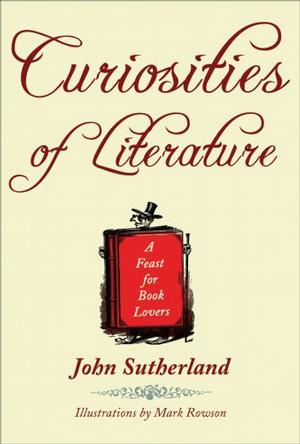
Curiosities of Literature
When did cigarettes start making an appearance in English literature? Which author's heart was purportedly eaten by a cat? One of our best-known and best-loved literary critics turns his attention to the more bizarre areas of literature in this miscellany of fact and trivia. Which author had the heaviest brain? What was the original title of 1984? Who made the first bouillon soup? What do 12 percent of all winners of the Booker Prize have in common? What didn't happen on Thomas Carlyle's famous wedding night? And, while we're at it, who wrote the first Western, and is there any link between asthma and literary genius? Sutherland's irreverent literary masterpiece illuminates every topic imaginable from author advances to Civil War literature to Victorian sex to odd things eaten by literary characters (think Patrick Bateman's girlfriend in American Psycho). Other fascinating insights include the fact that the number one title among American Civil War soldiers was Les Miserables. This is the ideal anthology of fascinating information and trivia for all book lovers.